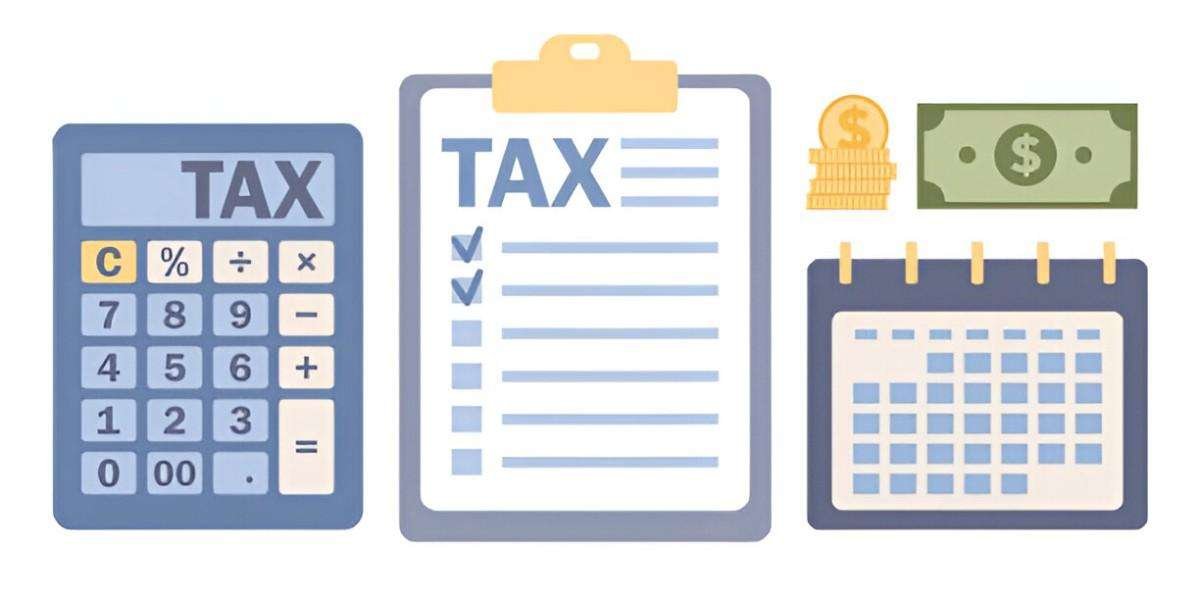When you’re considering a salary of $90,000 a year, it’s crucial to know how much you’ll actually take home each month after taxes. Many people focus on gross income, but the real question is: how much of that gross income can you actually spend after federal, state, and other deductions? Understanding how much $90,000 a year translates into on a monthly basis after taxes is essential for budgeting, saving, and financial planning. In this article, I will walk you through the calculations, explain the factors that impact your take-home pay, and offer real-life examples to give you a clear picture of what to expect.
Table of Contents
Calculating Gross Monthly Income
To start, let’s establish the basic math for gross income. Gross income is the total amount you earn before any deductions are made. If you make $90,000 a year, your monthly gross income can be calculated using the following formula:
\text{Monthly Gross Income} = \frac{\text{Annual Gross Income}}{12}For a salary of $90,000 per year:
\text{Monthly Gross Income} = \frac{90,000}{12} = 7,500 , \text{USD/month}So, your gross income before taxes and deductions is $7,500 per month.
Understanding Tax Deductions
Taxes significantly reduce the amount of your paycheck, so it’s crucial to understand the various types of taxes you will face. In the U.S., the main types of taxes deducted from your paycheck are:
- Federal Income Tax
- State Income Tax
- Social Security
- Medicare
- Other Deductions (such as health insurance, retirement contributions, etc.)
Let’s explore each of these in detail and see how they impact your take-home pay.
Federal Income Tax
The federal income tax is the largest tax deduction for most people. The U.S. tax system is progressive, meaning that the rate at which you’re taxed increases as your income increases. For 2025, the IRS has set up the following tax brackets for a single filer:
- 10% on income up to $11,000
- 12% on income from $11,001 to $44,725
- 22% on income from $44,726 to $95,375
- 24% on income from $95,376 to $182,100
- 32% on income from $182,101 to $231,250
- 35% on income from $231,251 to $578,100
- 37% on income above $578,100
Since your annual income of $90,000 falls into the 22% federal tax bracket, we’ll calculate your federal tax liability assuming you take the standard deduction of $13,850 for a single filer. This gives you a taxable income of:
90,000 - 13,850 = 76,150 , \text{USD}Now, let’s calculate the federal tax owed on this taxable income:
- The first $11,000 is taxed at 10%:
The next $33,725 (from $11,001 to $44,725) is taxed at 12%:
33,725 \times 0.12 = 4,047 , \text{USD}The remaining $31,425 (from $44,726 to $76,150) is taxed at 22%:
31,425 \times 0.22 = 6,913.50 , \text{USD}Thus, the total federal tax is:
1,100 + 4,047 + 6,913.50 = 12,060.50 , \text{USD}State Income Tax
State income tax varies by location, and some states don’t impose an income tax at all. For example, Florida, Texas, and Nevada have no state income tax, while California and New York have higher state income tax rates.
Let’s assume you live in California, where the state income tax brackets for 2025 are as follows for a single filer:
- 1% on income up to $10,099
- 2% on income from $10,100 to $23,942
- 4% on income from $23,943 to $37,788
- 6% on income from $37,789 to $52,455
- 8% on income from $52,456 to $66,295
- 9.3% on income from $66,296 to $338,639
Since your taxable income is $76,150, let’s calculate your state income tax:
- The first $10,099 is taxed at 1%:
The next $13,843 (from $10,100 to $23,942) is taxed at 2%:
13,843 \times 0.02 = 276.86 , \text{USD}The next $13,845 (from $23,943 to $37,788) is taxed at 4%:
13,845 \times 0.04 = 553.80 , \text{USD}The remaining $38,362 (from $37,789 to $76,150) is taxed at 6%:
38,362 \times 0.06 = 2,301.72 , \text{USD}Thus, your total California state income tax is:
100.99 + 276.86 + 553.80 + 2,301.72 = 3,233.37 , \text{USD}Social Security and Medicare Taxes
Social Security and Medicare taxes are federal deductions, and they apply to almost all income. These are fixed percentages:
- Social Security tax: 6.2% on income up to $160,200 (as of 2025)
- Medicare tax: 1.45% on all income (there’s no cap for Medicare)
For your $90,000 income:
- Social Security tax:
Medicare tax:
90,000 \times 0.0145 = 1,305 , \text{USD}Other Deductions
In addition to taxes, you may have other deductions that can impact your take-home pay, such as:
- Retirement contributions (401(k), IRA)
- Health insurance premiums
- Union dues
- Other benefits (life insurance, disability insurance, etc.)
Let’s assume you contribute 5% of your salary to a 401(k) plan, which is a common scenario. The contribution would be:
However, this deduction doesn’t directly affect your monthly pay calculations since it’s deducted from your salary before tax calculation.
Total Tax Deductions
Let’s add up all the taxes and deductions:
- Federal tax: $12,060.50
- State tax (California): $3,233.37
- Social Security tax: $5,580
- Medicare tax: $1,305
The total tax deductions are:
12,060.50 + 3,233.37 + 5,580 + 1,305 = 22,178.87 , \text{USD}Net Monthly Income After Taxes
Now that we’ve calculated your total tax deductions, let’s calculate your net monthly income. First, we subtract the total tax deductions from your gross income:
90,000 - 22,178.87 = 67,821.13 , \text{USD/year}Now, to find your net monthly income:
\frac{67,821.13}{12} = 5,652.59 , \text{USD/month}So, after taxes and deductions, your monthly take-home pay would be approximately $5,652.59.
Comparison with Other Salaries
It can be helpful to compare your situation with other salary levels to understand where you stand financially. Let’s compare $90,000 per year with different salary levels and see how tax deductions impact take-home pay.
| Salary | Gross Monthly Income | Federal Tax | State Tax (CA) | Social Security | Medicare | Total Tax Deductions | Net Monthly Income |
|---|---|---|---|---|---|---|---|
| $90,000 | $7,500 | $12,060.50 | $3,233.37 | $5,580 | $1,305 | $22,178.87 | $5,652.59 |
| $100,000 | $8,333.33 | $14,209.50 | $3,870.00 | $6,200 | $1,450 | $25,729.50 | $6,771.04 |
| $120,000 | $10,000 | $19,123.50 | $5,118.00 | $7,440 | $1,740 | $33,421.50 | $7,810.04 |
Conclusion
Understanding how much $90,000 a year is per month after taxes is crucial for managing your personal finances. While your gross income might be $7,500 a month, your net monthly income after federal, state, and other deductions will be approximately $5,652.59 if you live in California. This figure will vary depending on your location, filing status, and other factors, but having a clear picture of your net income is essential for budgeting and planning your financial future. By understanding the impact of taxes and deductions, you can make informed decisions about your savings, spending, and investments.





